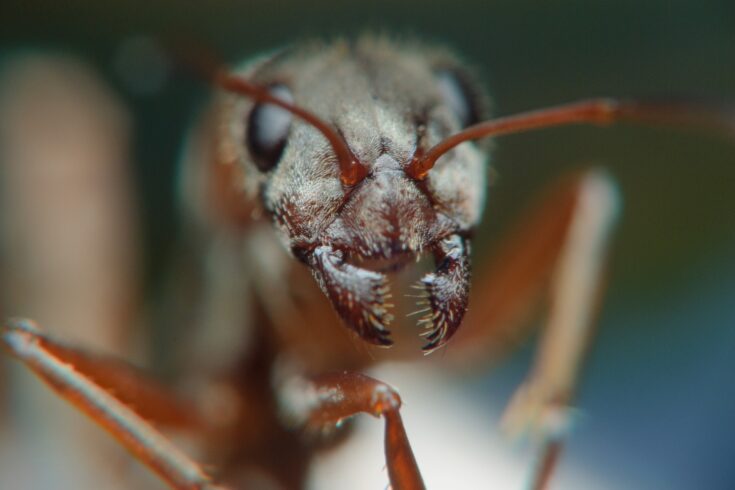A prototype ‘hairy robotic gripper’ has been developed and tested with excellent results. It improves the capability of current robotic handling systems with minimal increase in complexity or cost.
Ultimately benefitting consumers and communities as well as business and industry, this innovative, versatile gripper could potentially be deployed in:
- environmental clean-up
- retail operations
- construction
- the agriculture sector
- home applications
- other industries
Grasping the potential
The gripper has been developed by the University of Edinburgh, in a project that includes as partners the Scottish Environment Protection Agency, Ocado Group and Amazon Research.
The research underpinning this work has been funded by the Engineering and Physical Sciences Research Council (EPSRC).
Jaws of success
Despite their tiny brains, ants are excellent at building nests and carrying food. For instance, they use the hairs on their jaws not just to sense objects but also, the researchers have discovered, to mechanically stabilise their grasp.
This fresh insight has led to the new gripper.
In tests with 30 different household objects (including a cup and a pasta sauce jar), the addition of ‘hairs’ increased the prototype gripper’s grasp success rate from 64% to 90%.
Tiny insects, big lessons
Past development of robotic handling systems has focused on making them like the human hand and equipping them with technologies such as deep learning. The downside has been that these systems have been complex, costly to develop and very data intensive.
Based on the behaviour of the humble ant, the new gripper is much simpler.
An aluminium two-jawed parallel plate gripper is fitted internally with four rows of hairs made of thermoplastic polyurethane.
The ‘hairs’ are 20mm long and 1mm in diameter, protruding in a V-shape.
This means they surround circular objects, which are particularly difficult to grasp.
Unprecedented understanding
Professor Barbara Webb of the University of Edinburgh, who has led the research, says:
Inspired by the strength and delicacy with which ants move things, our prototype is just the first step. Having filmed ants in high resolution, we’ve recreated in 3D the precise sequence of actions as they pick up seeds and other objects. This has been little studied in the past.
Now we can see how their antennae, front legs and jaws combine to sense, manipulate, grasp and move objects. For instance, we’ve discovered how much ants rely on their front legs to get objects in position. This will inform further development of our technology.
Grabbing the opportunity
Professor Charlotte Deane, Executive Chair at EPSRC said:
This innovative robotic gripper, inspired by the remarkable strength and efficiency of ants, is a great example of cutting-edge engineering research leading to real-world benefits.
By mimicking the natural world, this new innovation has the potential to improve multiple sectors such as retail and environmental services, enhancing productivity and efficiency.
Deployable immediately
After some further testing for robustness, the researchers believe the gripper could be deployed immediately.
A key aim is to enable it to pick up unfamiliar objects in clutter, a particular need in environmental clean-up.
Among its multiple potential applications, the system could be incorporated into autonomous mobile robotic systems that do not need to communicate with the cloud.
Further information
The development of the prototype gripper and the research underpinning its development have been carried out as part of the project ‘An Insect-inspired Approach to Robotic Grasping’ at the School of Informatics at the University of Edinburgh.
This five-year project started in September 2021 and concludes in September 2026.
The project has received £1.7 million in funding from EPSRC.
Read ‘AntGrip – Boosting Parallel Plate Gripper Performance Inspired by the Internal Hairs of Ant Mandibles’ to learn more about the research.
The School of Informatics at the University of Edinburgh is one of the largest institutes of its kind in the UK and Europe, consistently ranked in the top 30 in the world for computer science. The research in the School of Informatics focuses on understanding how natural and artificial systems process, store and communicate information.

